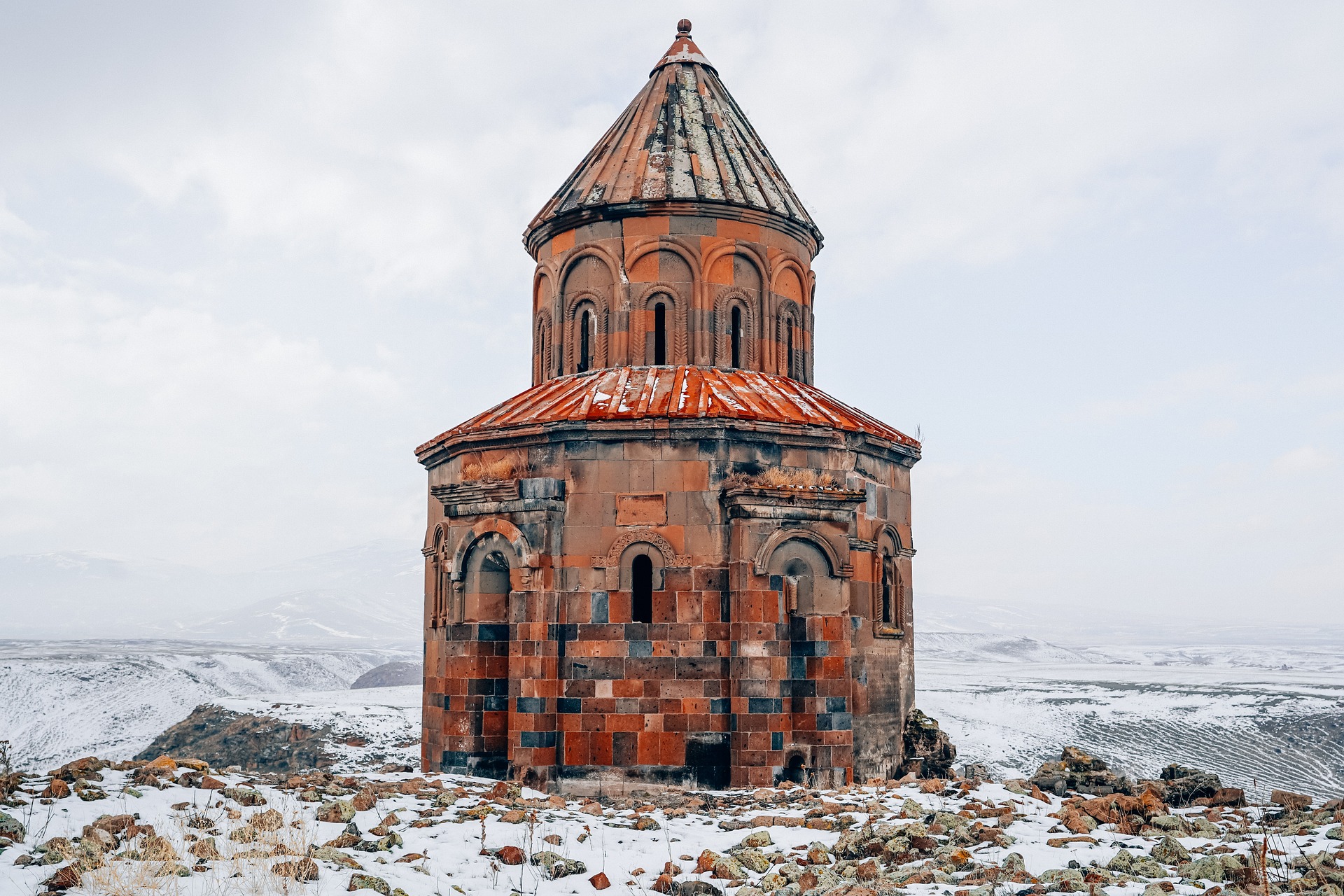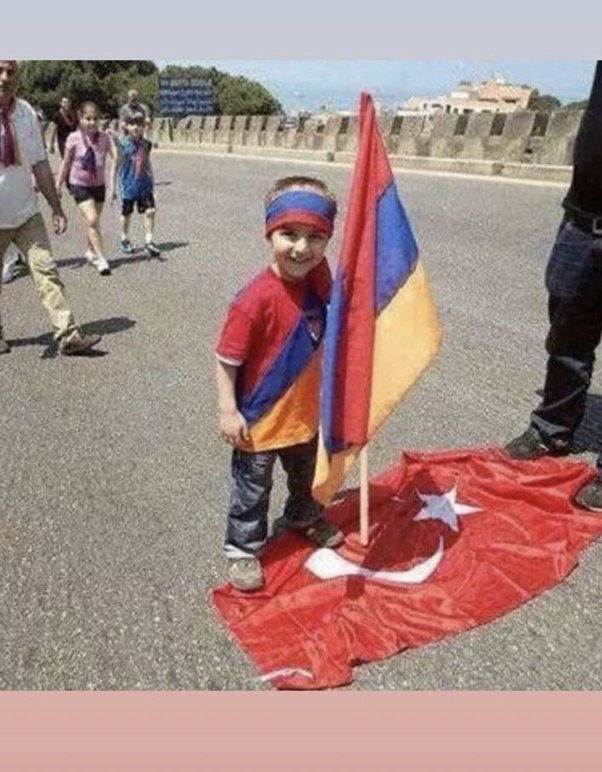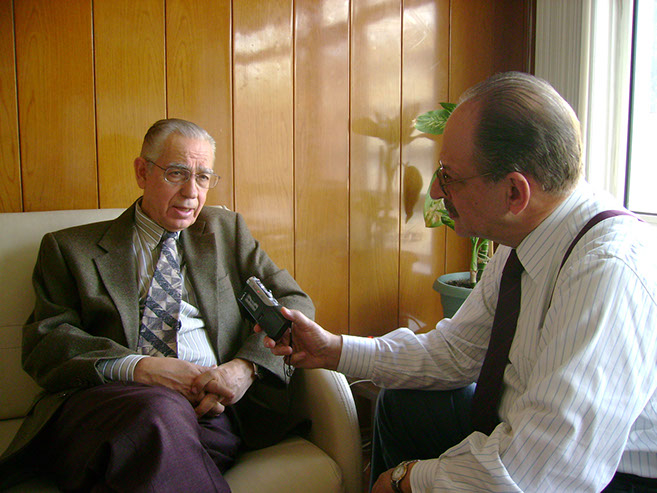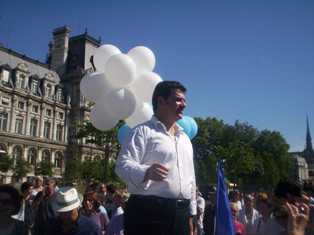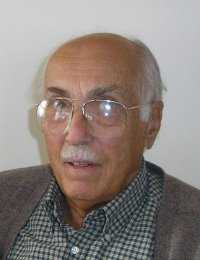
OPEN LETTER & REPLY TO US18NY Congresswoman NITA LOWEY’S INSULTING LETTER TO ME. (Letter I received from N. Lowey is at the end of this message). To date I have not received a response from N. Lowey.
—————————————————————————————————–
March 9, 1012
Congresswoman Nita Lowey
105 Beverly Rd.
Rye, NY 10580
Re: Nita Lowey’s E-Mail dated February 21, 2012 addressed to Demirtas Bayar.
Your attribution to my views in your mail is FALSE. I believe that much of the contents of your letter are incorrect.
This is the MO of most genocide claimers. False documents abound. My views are based on real documents and they contradict your views stated in your letter.
You are a cruel person.
You have sympathized with the Armenian terrorist organizations, the Hinchak and Dashnak, yet did not consider the sufferings of the people who were terrorized by them. These terrorists completely flattened 22 villages and killed 500,000 civilians between 1910 and 1920. Starting even before the Russian invasion of Turkey to the time they signed a treaty their ethnic cleansing included Turkish, Kurdish and Jewish men, women and children living in central Anatolia. The 50,000 Jewish population of central Anatolia was wiped out by the Dashnak. There are no known mass graves of Armenians in Anatolia. There is no way that the graves of 1.5 million people can be hidden. The graves in Cilicia (North Syria) belong to those Armenians who were killed after they joined the occupying French Army and fought against the Turks.
The Armenians continued their terrorist activities into the 1970’s. More than 100 innocent civilians were murdered by the Armenian Asala terrorist organization.
We Americans believe in such a thing called ‘due process.’
There has never been a judicial body that has judged that there was genocide. You should know better than anyone else that the concept is that one is innocent until proven otherwise in a court of law. Immediately after WWI about 100 Turkish ministers, generals and high ranking officials were taken to Malta and imprisoned for two years by the Allies who were occupying all of Turkey. They were being tried for crimes against Armenians. After a two year search into all Ottoman archives and all government documents the Allied judges in Malta decided that there was no evidence of a crime and released all of them. Every time this issue has come to court the judges rejected the claim of genocide. Other court cases are:
1.-“The Court of First Instance of the European Communities, Case T-346/03, 17 December 2003”. This court rejected the claim of genocide.
2.- U.S. 9th Circuit Court overturned the genocide law.
3.- The French Constitutional Court (2012) declared the genocide Law unconstitutional and against freedom of speech.
4,- The UN International Court of Justice decision (February 2007) on the claim by Bosnia that Serbia committed genocide should be very informative for you. That decision describes the law.
5.- French Court’s decision (April 2010) in favor of Maxine Gauin who was sued by the Armenians for arguing against genocide.
Many more individual court cases have rejected the genocide claim. In the absence of any court decision to accuse anyone having committed genocide is Un-American.
The claim that 1.5 million Armenians were killed is FALSIFYING the facts.
The Armenian population in Anatolia was not more than 18% of the total population. The Ottoman State Census taken in 1905 gave this population as 1,294,851. Other estimates:
1912 British Blue Book 1,056,000
1913 L.D. Contenson 1,400,000
1913 French Yellow Book 1,475,000
1913 Armenian Patriarch Ormanian 1,579,000
1913 Lepsius 1,600,000
This short list will make any investigator come to the conclusion that at the beginning of 1915 the Armenian population was not more than 1,600,000 in Ottoman Anatolia.
We must now compare this with the Armenian population after the War while the Allies were occupying Turkey.
1919: Paris Peace Conference: Greek P.M. Venizelos: 1,260,000 Armenians living.
1920: League of Nations: Dr. F. Nansen: 1,000,000 living in Turkey and 400,000 refugees from Turkey.
1921: Near East Relief*: 1,000,000 living in the Near East, 500,000 refugees from Anatolia living in the Transcaucases.
* Near East Relief: With the U.S. President’s approval in 1919, Committee report to the Senate, 67th Congress, 2nd Session, Document No. 192, of the Near East Relief for the year ending December 31, 1921, presented by Mr. Lodge.
Even a high-school student would ask where the huge surface area required to bury 1.5 million dead is located. To date none have been found. Aside that, how could anyone believe that 1.5 million Armenians were killed when in 1913 the Armenian population was 1.6 million and was 1.4 million in 1921 in accordance with the official U.S. Senate report which approved moneys for the relief of these Armenians. Are you claiming that the allocation of money to the 1.4 million Armenians by the US Senate in 1921 was fraudulent?
Sincerely,
Demirtas Bayar
===============================
References:
1. “There is Nothing the Dashnak Party Can Do.” By Hovhannes Katchaznouni, 1923. This report was written by the first Prime Minister of the Armenian Republic and was presented to the Dashnak Party conference in 1923. Lenin Library, Moscow.
2. “The Diplomacy of Imperialism.” By William L. Langer, published by A. Knoff, NY 1935. The author was awarded the Medal of Merit by President Truman.
3. “The Armenians.” By C.F. Dixon-Johnson, published by G. Toulmin, UK 1916. The author was a Captain in the British Army and was named as a hero in the Boer War. He writes that he wanted to tell the truth and adds:
“Give a lie twenty-four hours and it will take a hundred years to overtake it.”
4. “Armenia.” By Samuel Weems, published by St. John Press, Texas 2002. The author was a former District Attorney and judge from Arkansas and was a delegate to the group that rewrote the Arkansas constitution.
5. “The Genocide of Truth.” By S. S. Aya, published by Dersim Yayinlari, Istanbul 2008, The author includes extensive references.
6. Many respectable historians criticize the “genocide” label, including Roderic H. Davison, Gwynne Dyer, Edward J. Erickson, Michael M. Gunter, Paul B. Henze, J. C. Hurewitz, Yitzchak Kerem, Bernard Lewis, Guenter Lewy, Heath Lowry, Justin McCarthy, Andrew Mango, Robert Mantran, Jeremy Salt, Stanford J. Shaw, Norman Stone, Gilles Veinstein, Robert F. Zeidner and Bruce Fein (Reagan’s Legal Adviser), et. al.
—————————————————————————————————————————
I RECEIVED THIS LETTER
From: Congresswoman Nita Lowey [mailto:[email protected]]
Sent: Tuesday, February 21, 2012 11:23 AM
To: [email protected]
Subject: Response from Congresswoman Lowey
February 21, 2012
Mr. Demirtas Bayar
44 Alex Drive
White Plains, New York 10605
Dear Mr. Bayar:
Thank you for contacting me to express your support for a resolution affirming the United States record on the Armenian Genocide. I appreciate having the benefit of your views, and I am glad we agree on this important issue.
You will be pleased to know that I was a cosponsor of H.Res 252 in the 111th Congress, which called on the President to ensure that the foreign policy of the United States reflect appropriate understanding and sensitivity concerning issues related to human right violations and ethnic cleansing during the Armenian Genocide. I believe this resolution was a long overdue recognition by the United States government that the deliberate slaughter of 1.5 million Armenians between 1915 and 1923 was, in fact, genocide.
While this resolution has not yet been reintroduced in the 112th Congress, I remain a strong supporter of Armenia. Rest assured I will continue to monitor this issue with our shared views in mind.
Thank you again for sharing your thoughts with me. If you would like more information on this or other issues, or to sign up for my regular e-newsletter, visit my website at www.lowey.house.gov. Please do not hesitate to contact me if I can help you in any way.
|
Sincerely,
Nita Lowey
Member of Congress
|
Unfortunately, my correspondence system is unable to receive email replies; however, you can email me here.
———————————————————————————————————————————————————

![]()
![]()

